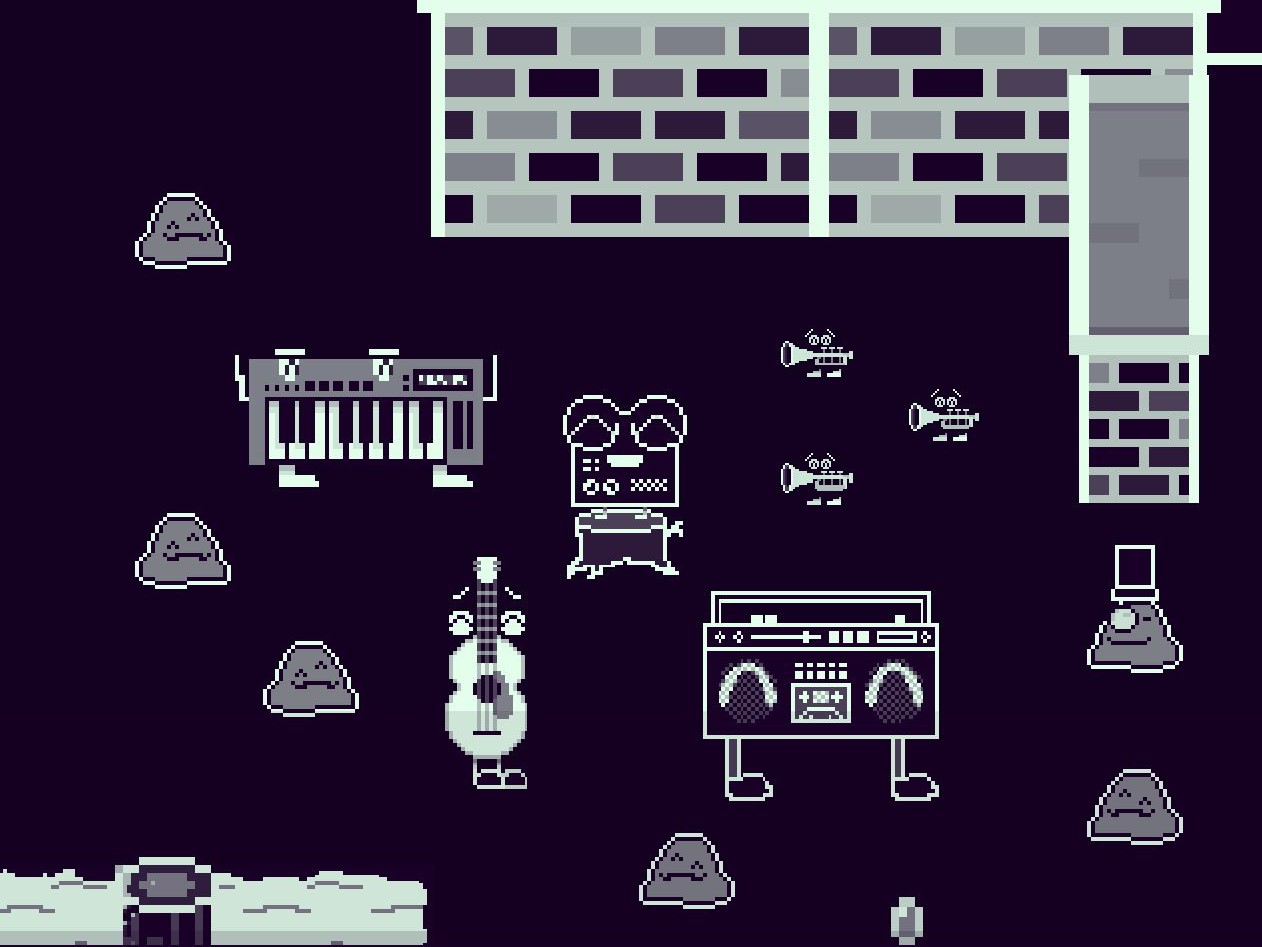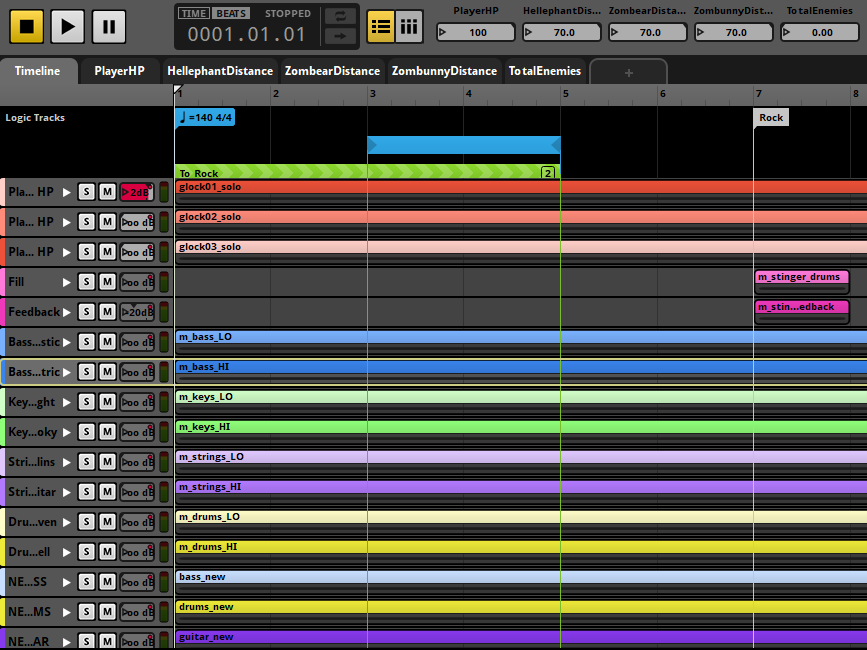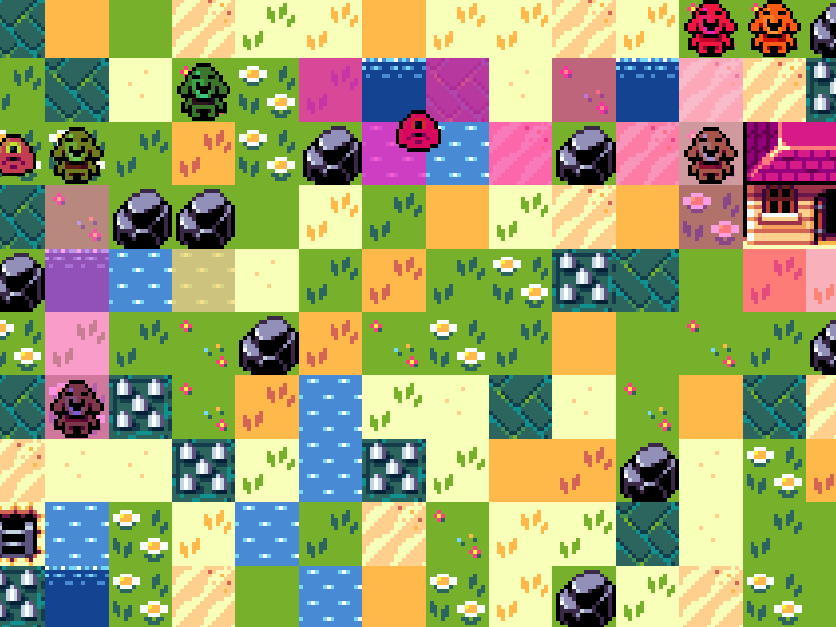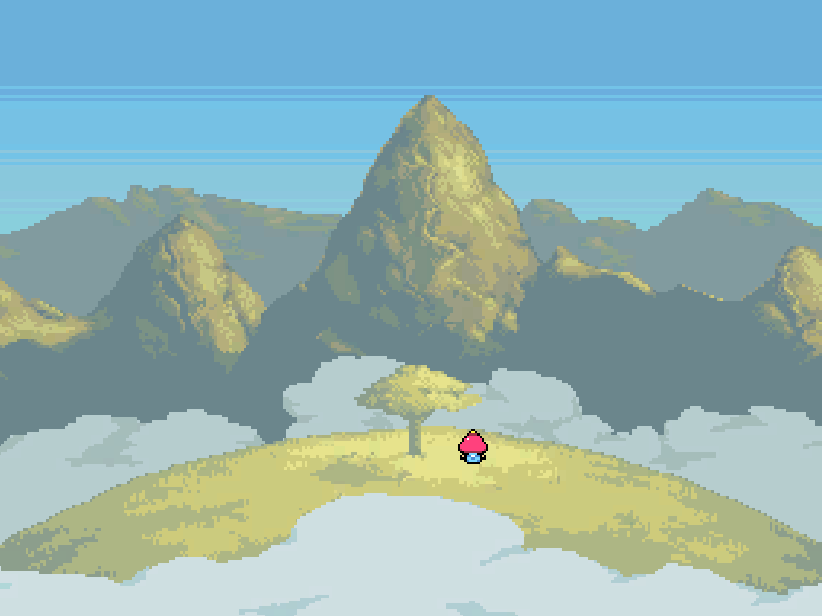

Hello! My name is Christopher Butcher. I am a game designer, programmer, technical sound designer, composer, and instructor currently based in the Midwest. I enjoy wearing many hats on a project and love learning new things, either on my own or through collaboration. I'm currently working on a couple of personal projects with small teams including Milkcap Island, a Pogs-based roguelike deck-builder I'm co-developing with a friend.
When not working on games (or playing them, if and when I have time), I love to cook, play bass, plan my next Dungeons & Dragons session (though my group has been playing more TTRPGs recently), 3D-print & paint miniatures, watch international reality game shows with my partner, and doodle on every sheet of paper I can find while listening to ska. I also love meeting fellow developers and musicians, so feel free to reach out!






Having both a degree in music and a degree in game design, I try to use both to inform the other. I am very interested in technical audio and adaptive soundtracks, working to create an interesting and unique experience for every player. I mostly use Reason 11 for composing, ProTools and Adobe Audition for recording, and FMOD Studio for implementation.
I'm looking for work in the video game industry! I love traveling and hope to see more of the world, so I'm up for either relocation or remote work. If you want to connect, collaborate, or just chat, feel free to send me an email at christopher@christopherbutcher.com!